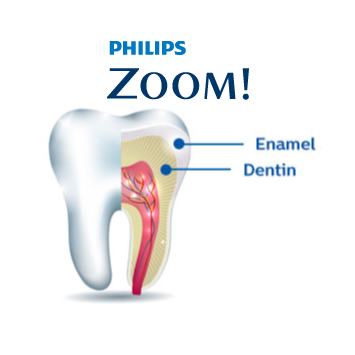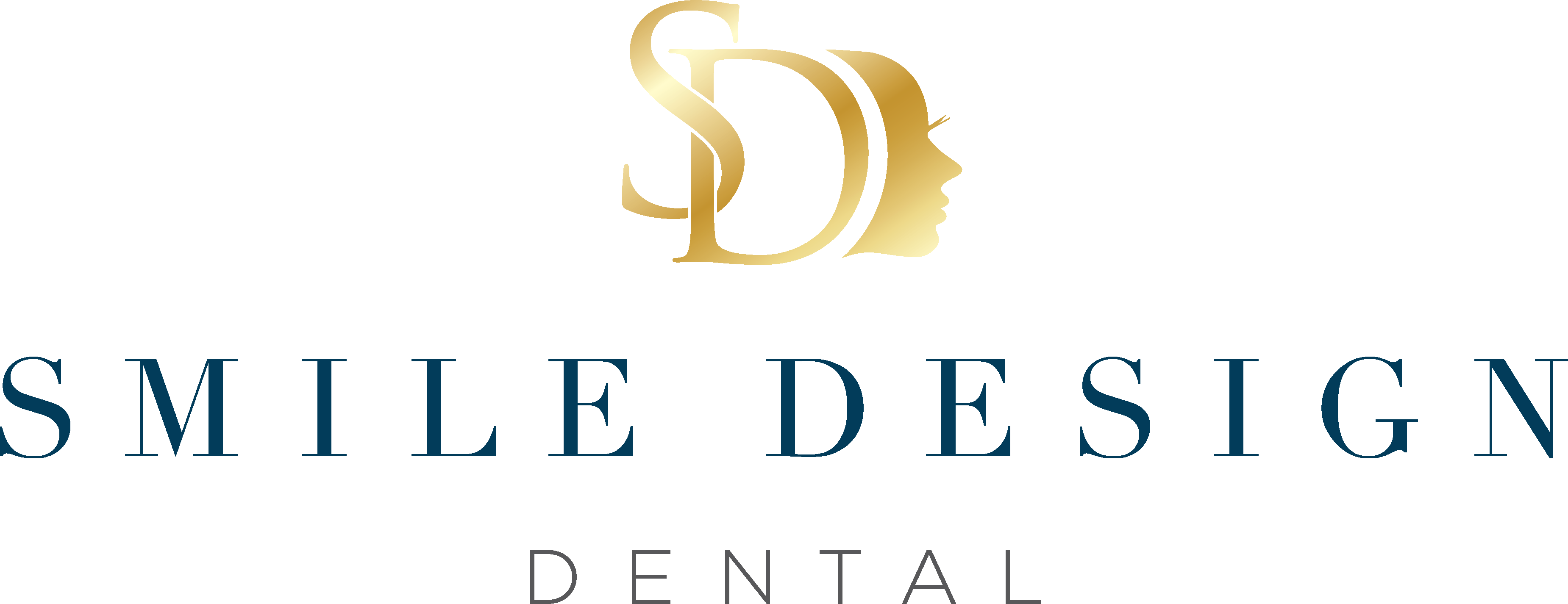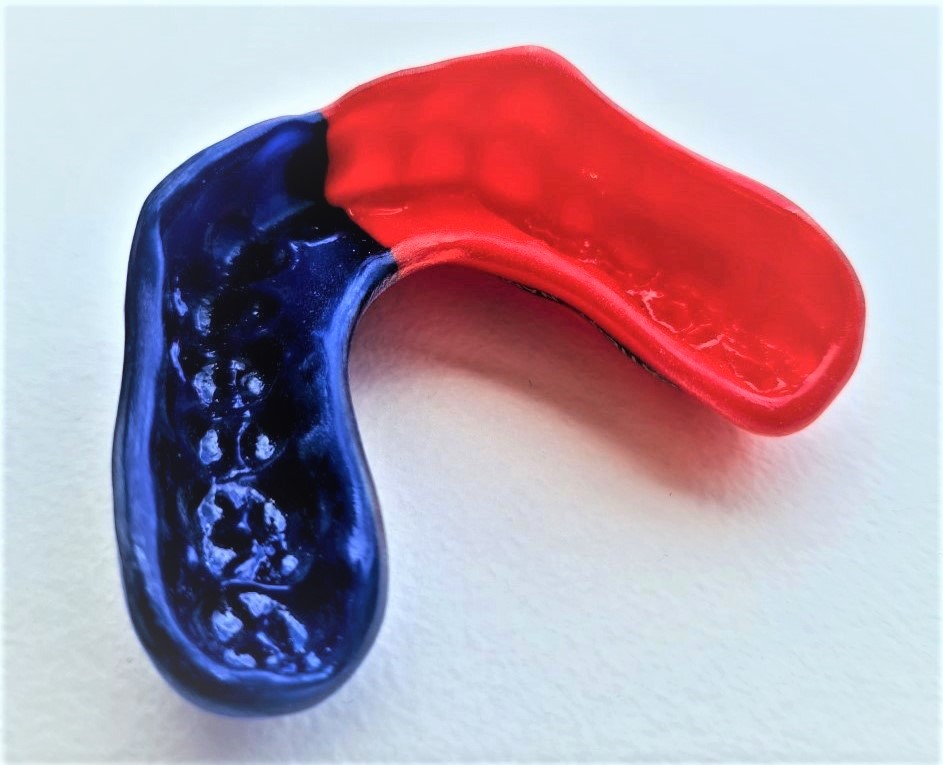Teeth whitening can be achieved by removing extrinsic stains (on the outer surfaces) or intrinsic stains (inside the tooth structure).
Extrinsic stains
These are caused by things like tea/coffee, spices, red wine, smoking/tobacco products, or anything you consume with a deeper pigment. They tend to be more brown in pigment and can usually be removed easily when you attend your regular dental clean.
Intrinsic stains
These are deeper stains that give your teeth a more yellow/grey appearance. To effectively remove these pigments hydrogen peroxide is required to penetrate deeper into the structure of the teeth. The hydrogen peroxide targets organic molecules within the dentine which are the ones susceptible to discolouration. It breaks these down and the darker pigments within them. This process can cause a little bit of sensitivity as it makes the teeth a little more porous, but this soon settles down. This leaves the clearer, light-scattering molecules, giving the teeth a much whiter and lustrous appearance. The amount of lift you get will depend on the degree of discolouration of the organic molecules to begin with, and their quantity. Therefore, in order to achieve greater lifts you should expect some sensitivity, which is temporary.

There are two methods we use in dentistry to achieve the deeper teeth whitening. One is with take home bleach, and the other is with in-office bleach. You can expect similar results with each though the latter can be done in one sitting.
What about whitening toothpastes?
Teeth whitening using whitening toothpastes are usually a bad option. These products generally work by abrading and removing the outer layer of your teeth that have discoloured. This reveals the the whiter, fresh enamel underneath. However the enamel is now much thinner. Enamel is the strongest part of your teeth and unfortunately, once it is worn away does not reform. When more is removed the yellow dentine will start to show through. Your teeth will then look darker and the whiter enamel is lost forever. These products generally contain a small amount of bleach though the quantity is so minimal that its effect is deemed negligible.
What about the shopping booth stalls?
These places generally use the strongest bleach available without a dental provider number which is usually the strength of home bleach. They use an ultra-violet light to help activate the bleach and make it work faster. In stronger concentrations hydrogen peroxide can be quite traumatic to soft tissues. Chemical burns on the gums and lips can result if not carefully administered. It is for this reason that only dentists are allowed to deliver stronger concentrations. The shopping booth bleach will give some small lift here but because the bleach is so weak, only a very minimal change can be hoped for. Multiple applications of weaker bleach, or a single application of much stronger bleach, provides the best results. We can see this with our home and in-office bleaching procedures.
Can bleach damage my teeth and gums?
Short answer, yes, but that is when poorly administered. Bleach works by breaking down organic molecules, which is precisely what your gums are made of. Lower concentrations are safe to contact the gums though care should be used to minimise this using special trays. Higher concentrations can cause chemical burns which can vary in severity. Minor burns can feel like an ulcer and can be soothed with vitamin E gel, more severe burns can cause bleeding and the gums to peel away.
In-office teeth whitening
During in-office teeth whitening we use higher concentrations of hydrogen peroxide to achieve a greater lift. Here a special barrier is placed over the gums to keep them protected and safe. A barrier may also be placed on more porous sensitive areas of exposed dentine. The occasional application of bleach is perfectly safe to use on teeth, however stronger concentrations should be used less frequently to allow the teeth to refill and recover. Stronger applications done in quick succession could irritate the pulp, or “nerves” or teeth. Too much irritation could cause it to die off due to the trauma. That’s why we recommend 3-6 month breaks between whitening sessions if you desire to go another round. All this is completely safe when administered by a dentist trained in whitening, so follow their advice to attain a brighter and safer smile.


